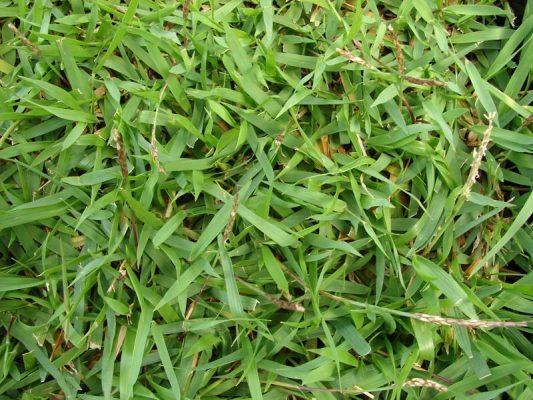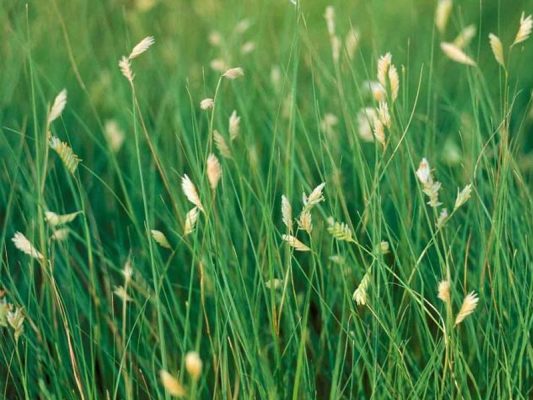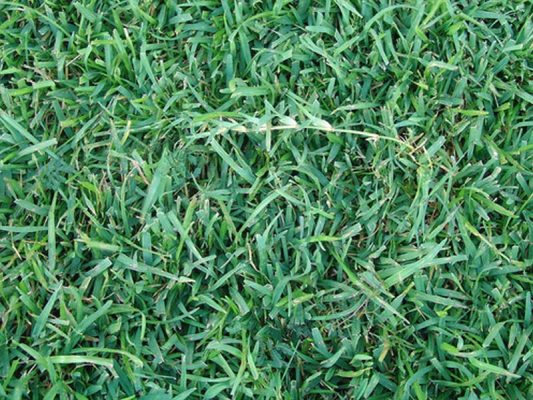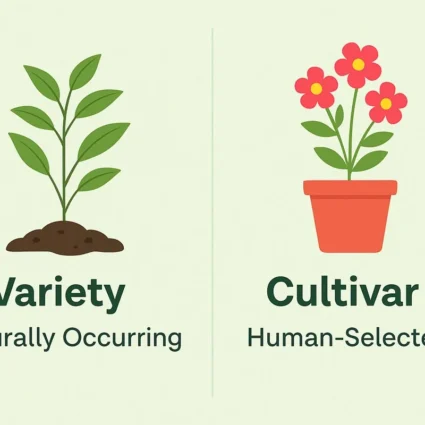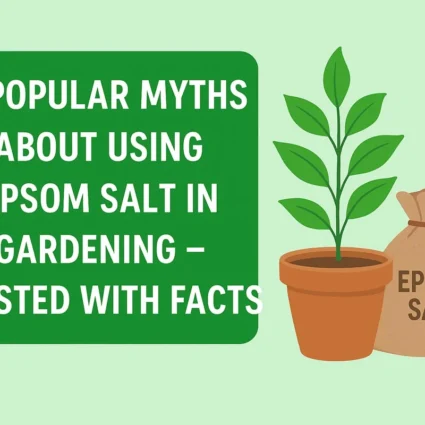Blogs
Fescue grasses, including tall fescue and fine fescue varieties, are versatile and adaptable, suitable for a wide range of climates. Tall fescue is known for its durability and ability to withstand drought, while fine fescue varieties excel in shaded areas. Zoysia Grass, with its dense growth habit and tolerance for heat and drought, is an excellent choice for lawns in warm-season regions. It forms a thick carpet of grass that chokes out weeds and requires minimal maintenance.
Ryegrass is often used for overseeding warm-season lawns in cooler months to maintain year-round green color. It germinates quickly and provides temporary cover while warm-season grasses are dormant. Buffalo Grass, native to the Great Plains region of North America, is prized for its low water and maintenance requirements. It has a fine texture and attractive blue-green color, making it an excellent choice for eco-friendly landscapes.
Centipede Grass is valued for its low maintenance requirements and tolerance for acidic soils. It forms a dense, weed-resistant turf and has a medium texture that feels comfortable underfoot. Bahia Grass, native to South America, is well-suited for warm, humid climates and sandy soils. It has excellent heat and drought tolerance and thrives in coastal regions with salty air. Bentgrass, prized for its fine texture and ability to form a dense, uniform turf, thrives in cool, moist climates and is commonly used on golf course putting greens for its smooth, carpet-like appearance.
Also Read This :10 Indoor Plants That Act as Natural Humidity Absorbers for Your Home
When choosing the right grass for your lawn, consider factors such as climate, soil type, sun exposure, and maintenance preferences. By selecting the appropriate variety, you can enjoy a beautiful, healthy lawn that enhances the beauty and value of your property.






